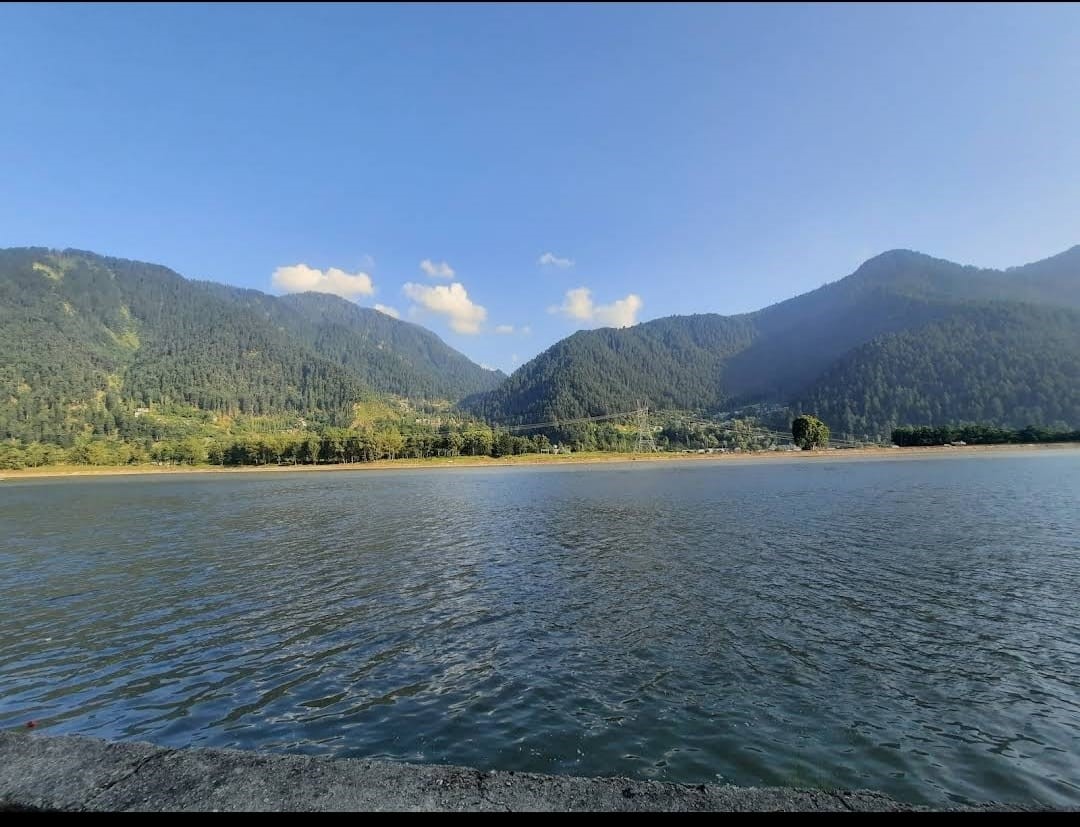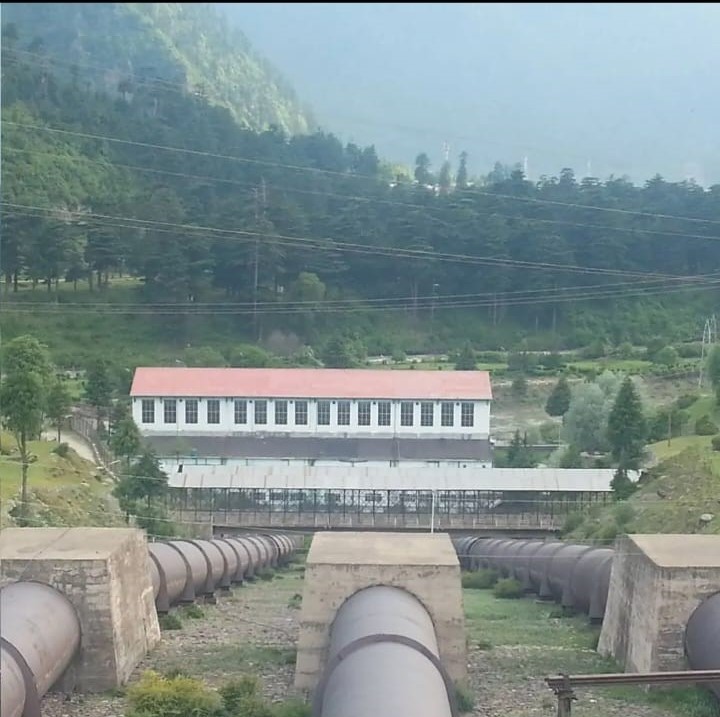The history and significance of hydropower projects like LJHP in Kashmir, balancing energy needs with environmental and safety challenges.
By Zahid Iqbal Sheikh
Nature has gifted humanity with a myriad of resources, foremost among them being water. As a well-known fact, water blankets approximately 71% of the Earth’s surface, predominantly in seas and oceans, which constitute about 96.5% of the total water volume. Beyond its essential daily uses, water serves a pivotal role in electricity generation through hydropower, also known as hydroelectricity. This form of renewable energy harnesses the natural movement of water to produce electricity, standing as one of the oldest and largest sources of sustainable power globally.
Hydropower plays a crucial role in global energy production, with India emerging as a significant player boasting the world’s fifth-largest hydropower capacity. The nation holds immense potential with an estimated capacity of 148,701 MW, complemented by an additional 6,780 MW from smaller hydro projects. In the fiscal year 2022-23, hydropower contributed 12.5% to India’s total power generation, underscoring its strategic importance in the country’s energy mix.
Despite its prominence, the expansion of hydropower faces geographical constraints, with select regions like the Union Territory of Jammu and Kashmir offering substantial untapped potential. Here, an estimated 20,000 MW of hydropower capacity exists, of which approximately 16,475 MW has been earmarked for development. This includes significant allocations in the Chenab, Jhelum, Ravi, and Indus river basins.
The Jhelum basin, specifically, has been pivotal in housing several hydroelectric projects that have shaped the energy landscape of Kashmir valley. Notable among these are the Mohra Power Project (now defunct), Lower Jhelum Power Project (LJHP), and Uri I and Uri II. LJHP, situated roughly 20 kilometers from Baramulla district headquarters in the village of Warikah, stands out as a testament to engineering prowess. Commissioned in 1979, LJHP, according to Ali Mohammad Bhat of Ijara, witnessed significant human sacrifice during its construction, with both local and migrant laborers toiling under perilous conditions. The project resulted in the submergence of thousands of kanals of fertile land across villages such as Zehanpora, Chakla, Peerniya, Ijara, Bimyar, Warikah, and Chahla.

Bharat Heavy Electricals Limited, Bhopal, was entrusted by the Indian government to supply the turbines for LJHP, furnishing three 35 MW Francis turbines. These robust units operate seamlessly to generate a total capacity of 105 MW, depending on water flow and elevation changes. LJHP remains fully operational, consistently contributing to the power needs of Jammu and Kashmir, Punjab, and Himachal Pradesh. The Jammu and Kashmir State Power Development Corporation Limited (JKSPDCL) oversees its management, ensuring that the energy generated serves residential, industrial, and developmental purposes across these regions.
Nestled amidst the majestic Pir Panjal range, this power project has evolved beyond its functional role into a cherished destination for tourists. Operating as a run-of-river project, it channels water through a canal beginning at Gantamulla Colony, spanning approximately 7 kilometers along the Jhelum River. This canal has emerged as a popular spot for visitors, drawn by its tranquil charm and scenic vistas.
A standout feature of this project is the Panzalmula dam, situated just over three kilometers from the powerhouse. Surrounded by verdant greenery and overlooking the picturesque banks of the Jhelum, the dam offers a captivating panorama that captivates all who encounter it. People flock from nearby areas and distant locales alike, enticed by the soothing evening breeze and the allure of this idyllic sanctuary.
However, amidst its scenic allure, the canal and dam have also witnessed tragic incidents, claiming the lives of numerous individuals due to the absence of protective fencing. In response to these heartbreaking accidents, the government initiated fencing around the dam several years ago, albeit limited to the stretch between the powerhouse and the dam. There remains a critical need for authorities to extend this safety measure across the entire 7-kilometer stretch from Warikah to Gantamulla Colony. Such an extension is vital to safeguarding not only the local populace but also the countless visitors who frequent this beautiful locale, ensuring their safety while preserving the natural beauty that defines this remarkable region.
The views expressed in this article are solely those of the author and do not necessarily reflect the opinions or views of this Magazine. The author can be reached at [email protected]
Blurb
LJHP exemplifies the synergy between human ingenuity and natural resources, providing a stable and substantial supply of electricity while navigating the complex socio-economic and environmental impacts inherent in large-scale infrastructure projects.

Leave a Reply